Like any intriguing personality, buildings with real impact often have more going on than meets the eye. Some of the more prominent pieces of architecture history have layers upon layers — quite literally — of stories to tell, many concealing a somewhat darker history below ground level. Happening upon this mesmerizing image of the underbelly of Versailles over at TwistedSifter, it got us thinking: What other famous buildings are hiding something from us?
From burial sites and asylum tunnels to Cold War bunkers, you wouldn’t believe some of the secrets that go on behind closed doors of the buildings we thought we knew.
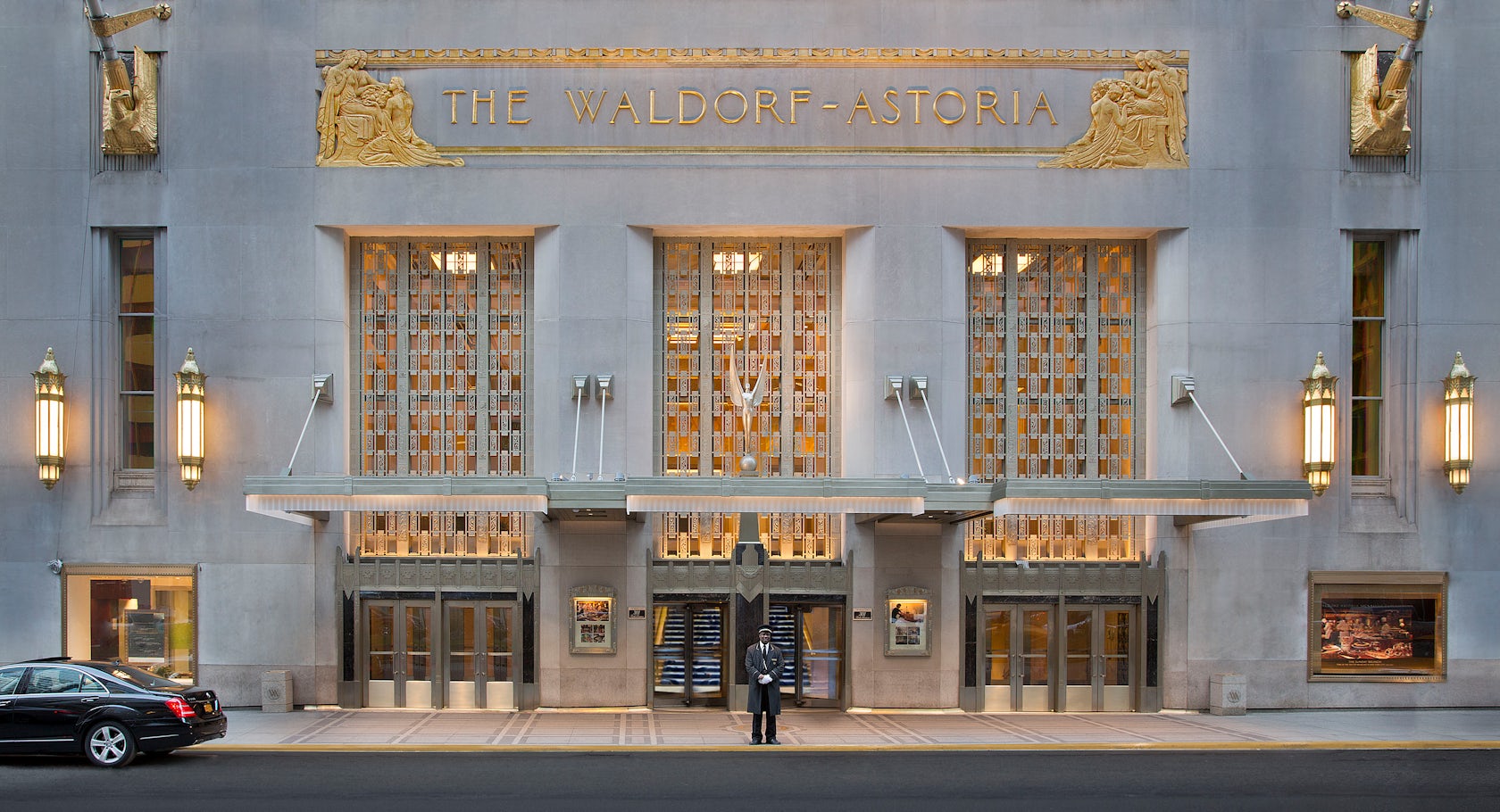
Entrance to the Waldorf Astoria Hotel; image via AARP
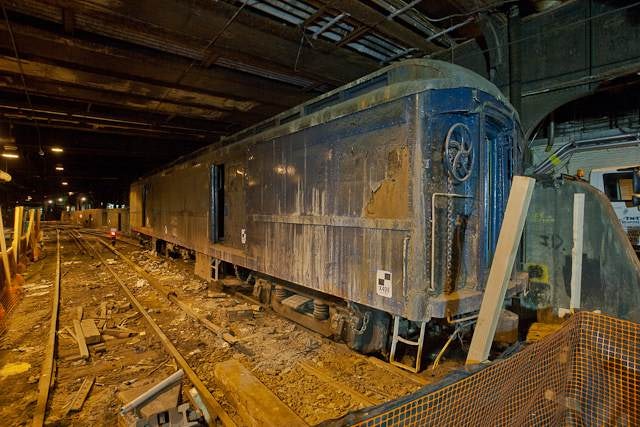
The Franklin D. Roosevelt car in the secret station below Waldorf Astoria; image via Deserted Places
Waldorf Astoria Hotel, New York City
The present-day site of the hotel is a historic landmark for good reason. The 1929 Art Deco tower was constructed atop a secret subway station that ferried such VIPs as Franklin Roosevelt into the hotel. New tunnel extensions may soon destroy this stop.
That’s not all: Though it may be hard to imagine now, New York’s Park Avenue once had some grit to it. The site on which the hotel now stands was actually home to the last burial ground for unclaimed bodies (a potter’s field) in the city. Don’t worry: The corpses were moved off the island eventually.
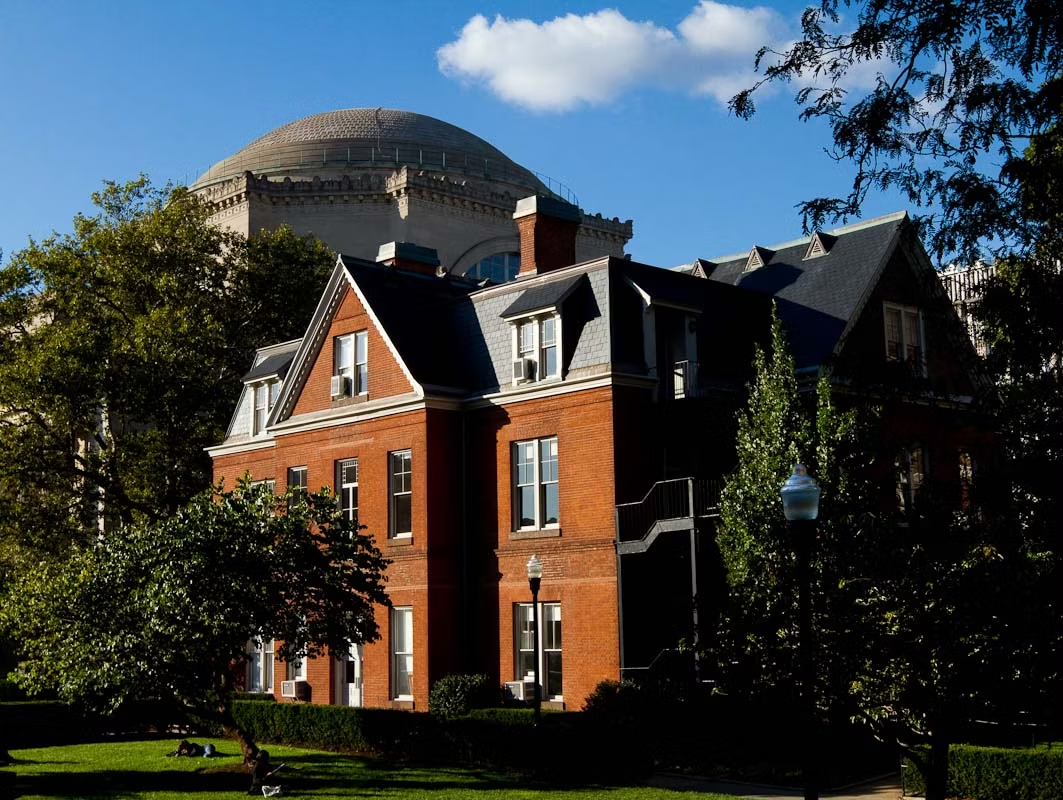
Columbia University’s Buell Hall; image via Lenny Pridatko
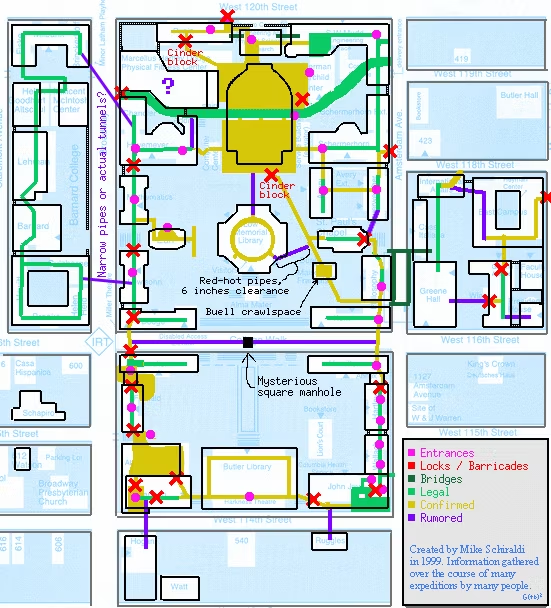
Map of the tunnels under Columbia University; image via WikiCU
Columbia University, New York City
Prior to moving uptown, the Columbia University campus was actually right next door to the Waldorf site — and it had the misfortune of actually being around when it was still a potter’s field. When it finally did decide to relocate, the university had another sticky situation to take care of: The previous tenant of the Morningside Heights location was theBloomingdale Insane Asylum. The only building currently on the campus dating back to this period is Buell Hall. However, there is also an intricate system of tunnels throughout the property that was also part of the asylum.

Frank Gehry’s Ray and Maria Stata Center at MIT; image via http://tibebelle.blogspot.com/
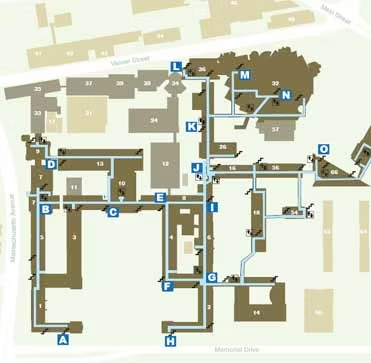
Map of the tunnel network under MIT; image via oobject
MIT, Cambridge, Massachusetts
It seems like tunnels and secret passages are a trend on Ivy League campuses. Columbia has its asylum-tunnels, and Harvard has its own series of false bookcases and trapdoors. However, one of the most extensive underground passage systems is located underneath the campus of MIT. Not really a secret, the tunnels are a popular destination for “place-hacking,” which apparently is a common activity on the campus. The tunnels are well-mapped and were even featured on the 2009 MIT class ring.

Cinderella Castle in Disney World; image via Your Naperville

Above-ground map of Disney World; image via DIS

Map of the tunnels under Disney World; image via oobject
Disney World, Orlando, Florida
The Magic Kingdom keeps its own passages strictly guarded. Meant only for employees, the tunnels create a mini city in their own right. Not only used for swiftly crossing the park without tourist-dodging, the system also includesoffices, kitchens, cafeterias, storage and break rooms. In certain places, the tunnels are wide enough to accommodate vehicles.
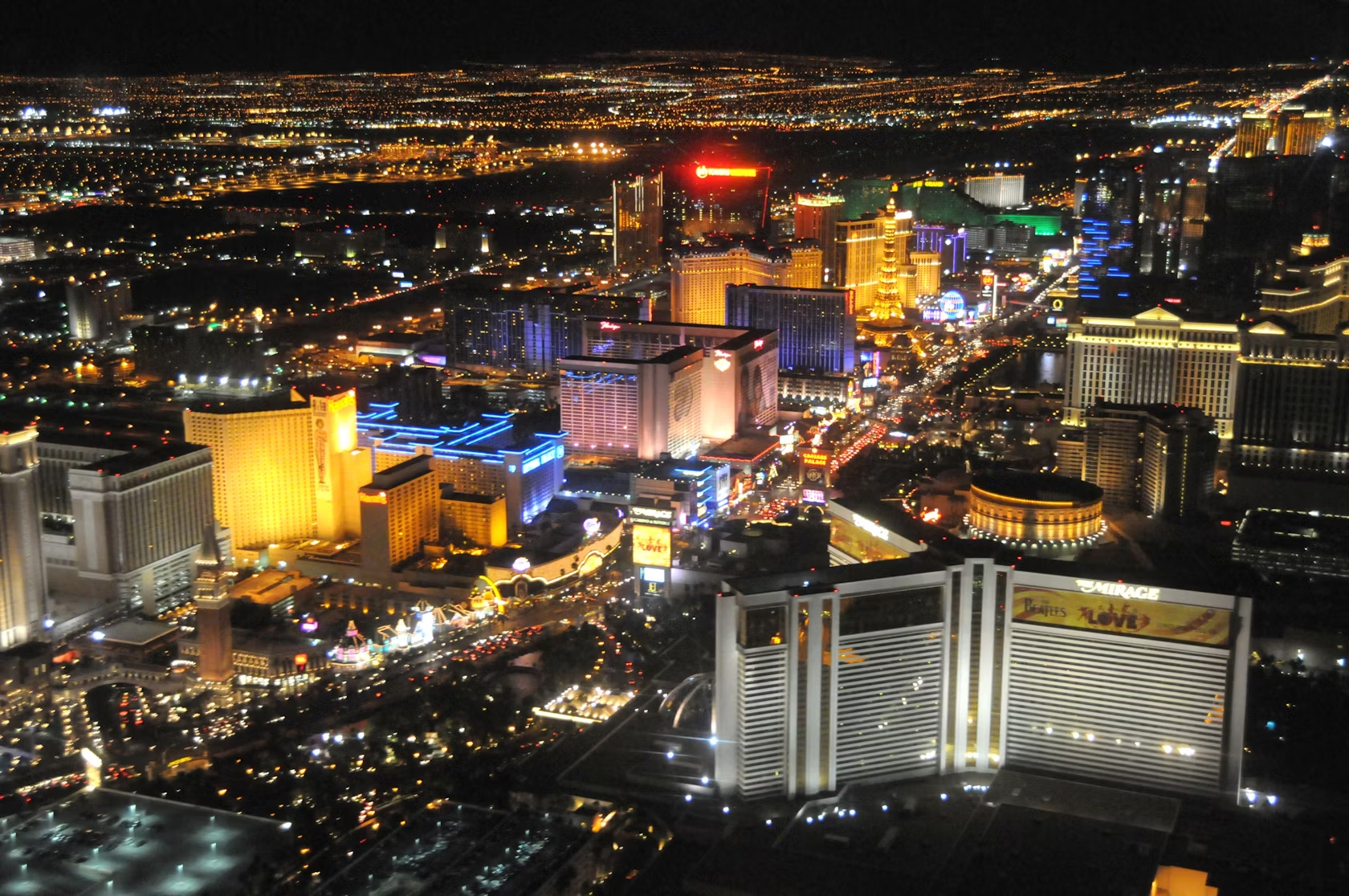
View of The Strip; image via Carol M. Highsmith

This 400-square-foot ‘bungalow’ in the tunnels under Las Vegas; image via The Daily Mail by Austin Hargrave
Las Vegas
The twinkling city of excess has an (even) darker side below the street surface. Built to drain water during floods, the tunnels underneath the Strip are now what some of the most unfortunate residents of Sin City call home. Because flash floods still remain a problem in the harsh desert climate, the tunnel-dwellers often need to mobilize at a moment’s notice.

Palace of Versailles; image via WeEnterWinter (Wikimedia Commons)

Drained water reservoirs at Versailles; image via TwistedSifter by EPV/Jean-Marc Manaï
Château de Versailles
With all those fancy fountains, a place like Versailles needs an efficient water reservoir system. Every year prior to peak fountain season, the massive underground water tunnels are drained for maintenance work, and occasionally the chance photographer is able to step in for a few snaps, too.
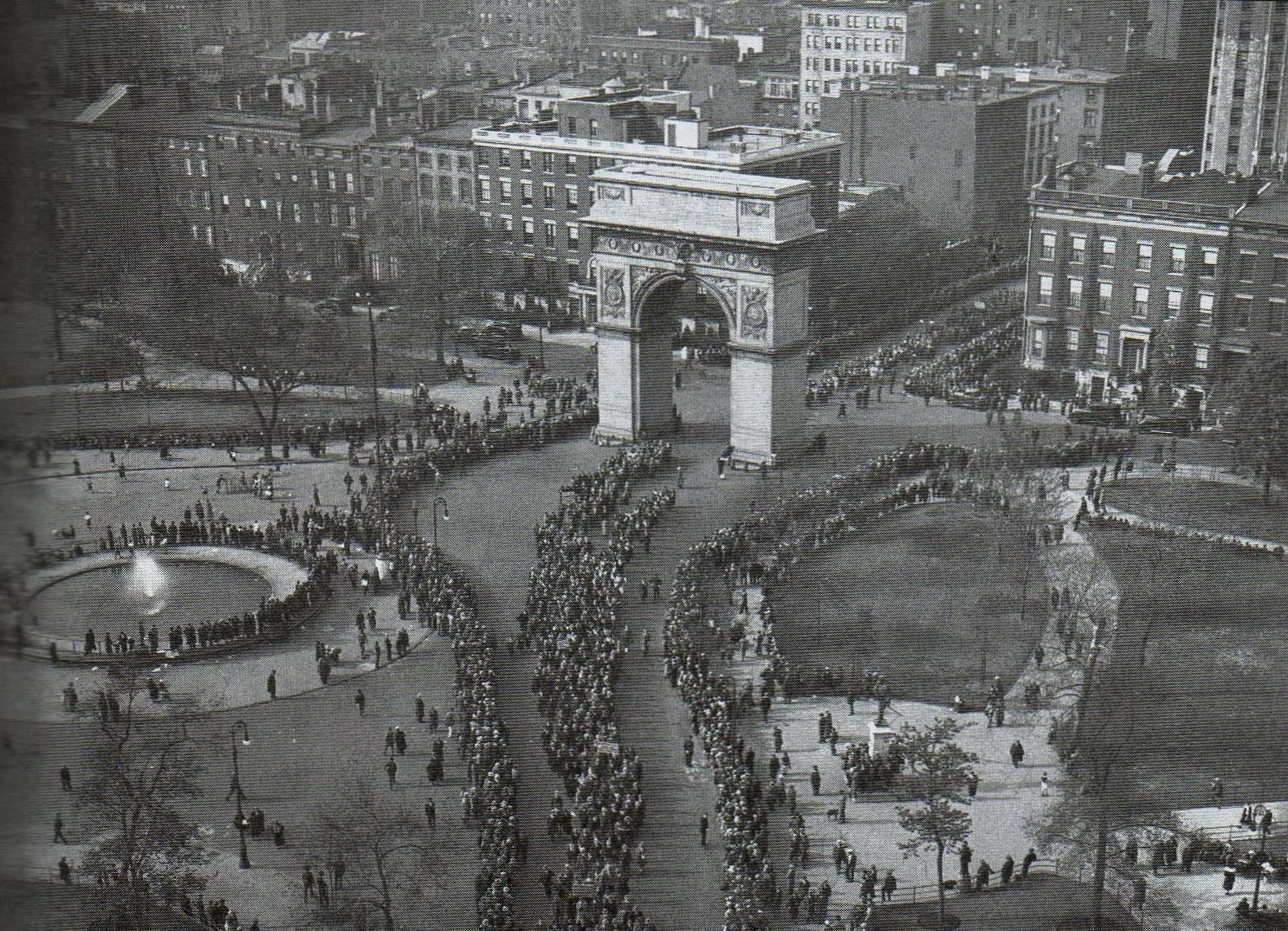
Protesters marching through Washington Square Park; image via Ephemeral New York
New York City Parks
Back to a more morbid topic, little did we know, many of the parks in New York City were also once potter’s fields (like the Waldorf site). Washington Square Park, Union Square, Madison Square Park and Bryant Park all once had dead bodies in the ground, prior to the move of potter’s fields out from the island in the 1850s. Oh, and the Whole Foods on Houston Street used to be the site of a Quaker cemetery.
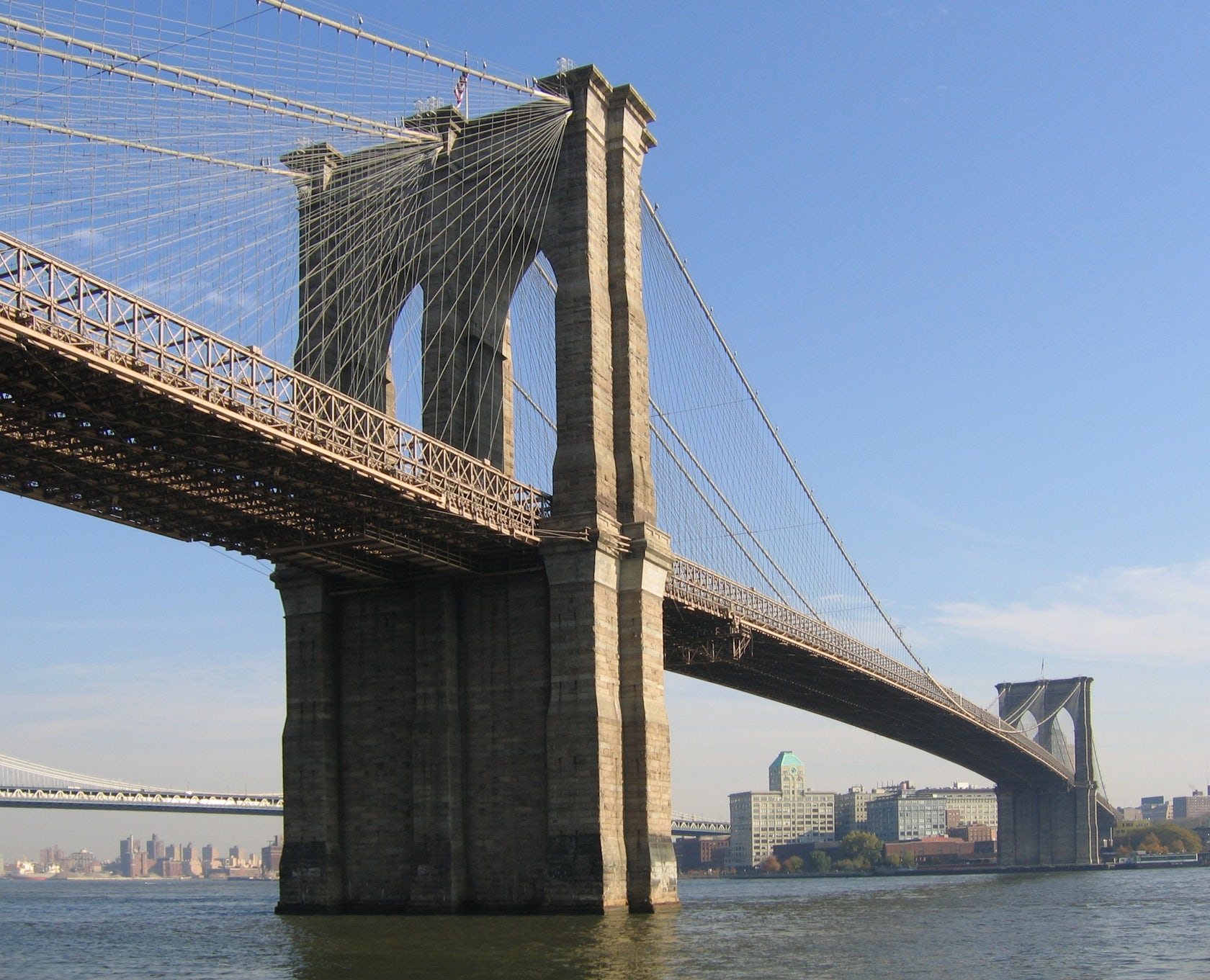
Brooklyn Bridge; image via postdlf (Wikimedia Commons)
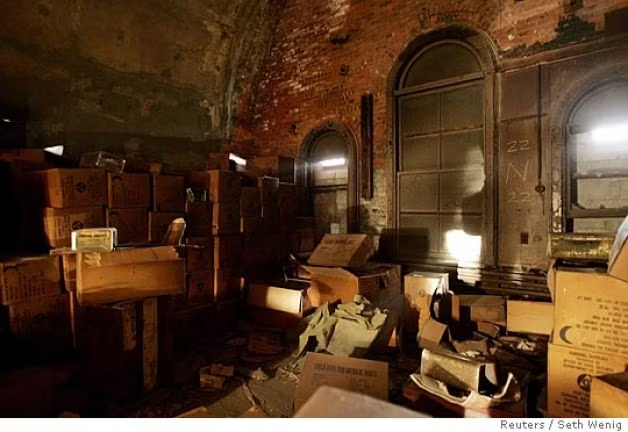
Cold War bunker in the Brooklyn Bridge; image via SFGATE by Reuters/Seth Wenig
Brooklyn Bridge
The third floor in the bridge’s base was once used as a bunker in the Cold War. In 2006, some workers uncovered food and medical supplies that dated back to two significant years: 1957 (first Soviet satellite launch) and 1962 (Cuban Missile Crisis). The Department of Transportation donated the food to a civil defense museum (although we’re not clear on which one).




